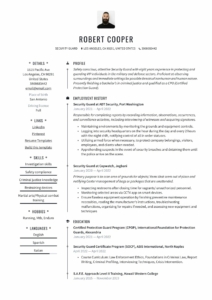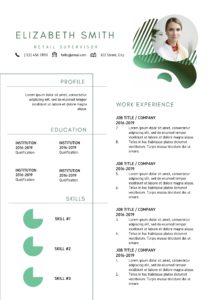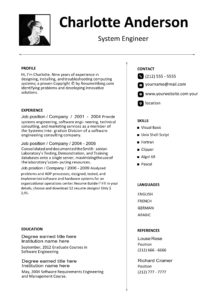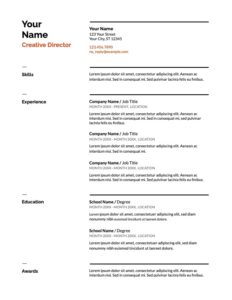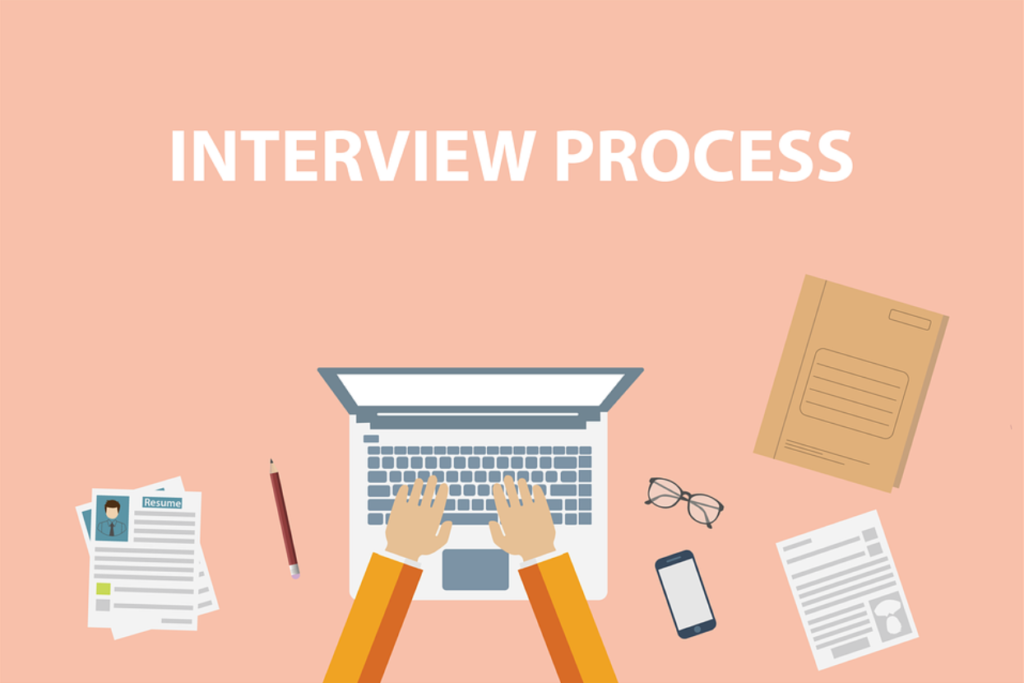
In this competitive world, finding the perfect match for an open position can be quite challenging for an organization. Most organizations want to hire candidates who are more productive and better suited for the challenges of their open positions. That, at an even more affordable cost of hiring.
Evaluating candidates based on interviews, soft skills, and experience alone takes effort, and usually doesn't give a complete picture and potential of the talent at hand. Inefficient!
That’s where personality assessment comes in to help. Taking a personality assessment makes it more efficient to judge a candidate. Since most jobs require a different skill sets and competencies. Personality assessments judge a candidate based on behavioral traits, decision-making, and many more personal aspects of character and competency.
What is a Personality Assessment/Test?

Every person is unique in his own way and possesses different characteristics. A personality assessment or test is a tool used to measure exactly those individual personality traits. These tests typically consist of a set of questions or statements that measure characteristics such as extroversion, agreeableness, conscientiousness, emotional stability, and openness to experience. The results of these tests can be used for various purposes, such as helping individuals understand their strengths and weaknesses, guiding career choices, or identifying potential mental health concerns.
There are many different types of personality assessments and tests, including self-report measures, projective measures, and behavioral assessments.
What Kind of Personality Assessments exists?
Self-Report Inventories
This is a type of personality assessment that ask individuals to answer a series of questions or statements about themselves. These questions are designed to measure various personality traits, & the responses are then scored and analyzed to provide an overall picture of the individual's personality.
A self-report analysis can be conducted both online and offline. They are considered to be relatively easy to administer and score, and they can provide a great deal of information about an individual in a short amount of time. However, self-report inventories have certain limitations, such as the potential for social desirability bias (i.e. participants may answer questions in a way they believe will be viewed favorably) and self-presentation bias (i.e. participants may present themselves in an overly positive light).
Some examples of widely used self-report inventories are the Minnesota Multiphasic Personality Inventory (MMPI-2), the Big Five Personality Test, the Myers-Briggs Type Indicator (MBTI), and the NEO Personality Inventory (NEO-PI-R).
Projective Tests
These tests present individuals with an ambiguous or unstructured stimulus, such as an image, a word, or a story, and ask them to respond in some way, such as by describing the image, telling a story about the word, or interpreting the story. The idea behind projective tests is that an individual's responses will reveal unconscious thoughts, feelings, and conflicts that may not be apparent in their conscious responses to more structured questions.
The most popular and widely used projective test is the Rorschach inkblot test, in which participants are shown a series of inkblots and asked to describe what they see in each one. The responses are then analyzed according to specific scoring systems, such as the Exner Comprehensive System, to identify patterns of thought, emotion, and behavior.
Other projective tests are the Thematic Apperception Test (TAT), in which participants are shown pictures and asked to tell a story about what is happening in the picture, and the sentence completion test, where participants are presented with a partially completed sentence and asked to complete it.
Projective tests have certain limitations, including the potential for researcher bias in interpreting the responses, lack of standardization, and limited empirical support for some interpretation methods.
Behavioral Assessments
Behavioral assessments focus on observing and measuring an individual's behavior in specific situations, rather than relying on self-report or projective methods. Behavioral assessments can take many forms, but they all involve watching and recording an individual's behavior, then analyzing the data collected to identify patterns and make inferences about the individual's personality.
Some examples of behavioral assessments include:
- Behavioral observation: when an individual's behavior is observed in a specific situation, such as in a workplace setting.
- Behavioral interviews: when an interviewer asks questions about past behavior in specific situations, such as how the candidate has handled difficult people or managed a project.
- Behavioral checklists: when the applicant is presented with a list of behaviors and asked to rate how frequently they engage in each one.
- Behavioral rating scales: These involve rating an individual's behavior on different dimensions such as leadership, communication, or problem-solving.
Behavioral assessments are considered to be objective and reliable, but they may not always capture the internal cognitive and emotional experiences of the individual and may be influenced by situational factors. Some tests like the Caliper Assessment use both personalities & cognitive ability tests to produce accurate & more relevant results.
Why Personality Tests are Booming in the Hiring Industry
Provides Objective Point of View
It is hard to depend only on the short interaction during the interview. Moreover, it's a basic tendency to hire people with a similar mindset as us, the interviewer or team lead. However, if everyone in the organization thinks alike and no one challenges that thinking, how can it be productive? Creative? Or renewing with ideas? A personality assessment provides an unbiased & object-oriented perspective.
Provides Better Job Satisfaction & Productivity
Personality tests can provide better job satisfaction and productivity in a few ways:
- Matching individuals to the right job: When individuals are in jobs that align with their strengths and interests, they are more likely to be satisfied with their work and perform well.
- Improving team dynamics: By understanding each team member's personality and how they may interact with others, team leaders can create a more cohesive team, which can lead to better collaboration, communication, and productivity.
- Identifying areas for improvement: By identifying the areas you need improvement, you can work on improving your skills and become more effective in your job.
- Improving leadership potential: By understanding their strengths and weaknesses, leaders can work on developing the skills they need to be more effective in their role, which can lead to improved job satisfaction and productivity.
Make the Recruitment Process Faster and Easy
Personality tests can make the recruitment process faster and easier in a few ways:
- Reducing the number of candidates: Personality tests can be used as a screening tool to quickly identify candidates who may not be well-suited to the job or the company culture.
- Improving the accuracy of predictions: Personality tests can be used to make more accurate predictions about a candidate's potential, which can save time and resources by reducing the need for additional testing or evaluations.
- Streamlining the interview process: By better understanding of a candidate's personality and behavior, interviewers can ask more targeted questions and make more informed decisions.
